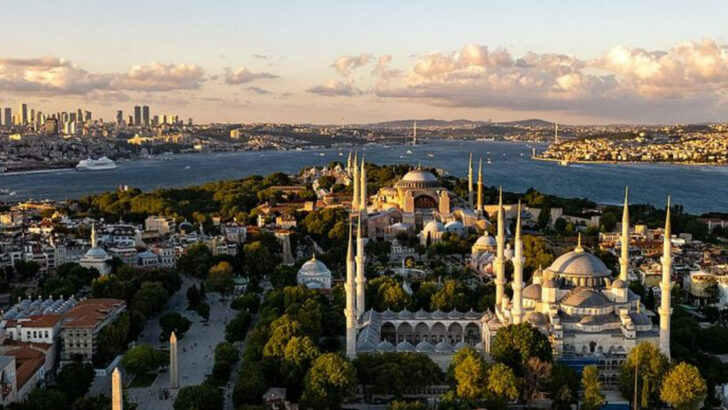Some cities once ruled empires or nations, then gracefully ceded the spotlight—yet their streets still hum with power and memory. Former capitals distill centuries of politics, art, and daily ritual into walkable neighborhoods and astonishing monuments. From marble-clad mausoleums to cliff-carved façades, these places reward slow exploration and sharpened senses. Ready to time-travel without leaving the present?
Kyoto, Japan
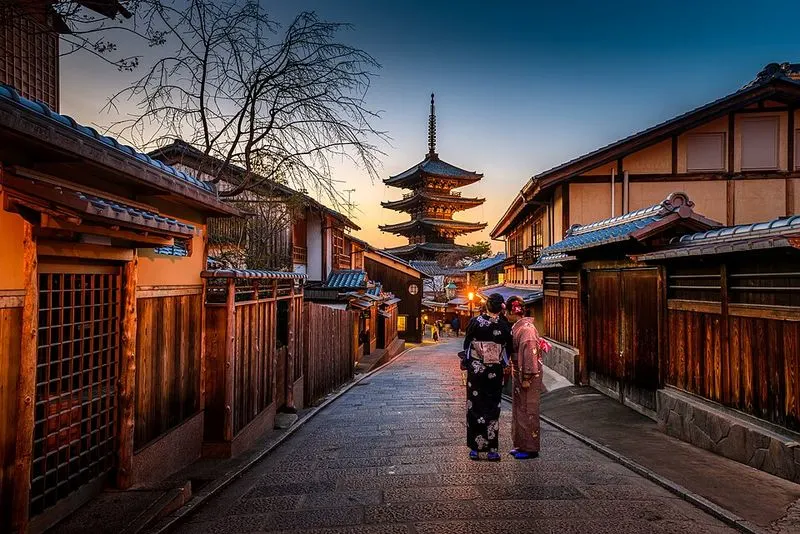
Kyoto breathes ceremony: wooden machiya houses, lantern-lit lanes in Gion, and temple bells rolling through quiet evenings. Once the imperial capital until 1868, it layers courtly etiquette onto everyday life, from tea houses to moss gardens. Wander Kiyomizu-dera’s veranda for sweeping city views, then slip into side streets where kimono-clad locals pass stone shrines. Seasonal cherry blossoms and fiery autumn maples reframe temple precincts with painterly light. Culinary traditions—kaiseki, matcha, tofu—mirror an aesthetic of restraint and precision. Kyoto feels intimate yet inexhaustible, where each alley suggests another chapter.
Istanbul (Constantinople), Turkey

Istanbul’s skyline—domes, minarets, and the sweep of the Bosphorus—broadcasts its Byzantine and Ottoman pedigree. Hagia Sophia’s vast dome converses with the Blue Mosque across a plaza alive with vendors and maritime breezes. Wander the Grand Bazaar’s vaulted lanes, then pause as the call to prayer threads through tangled streets. Ferries stitch Europe to Asia, revealing palaces and neighborhoods that once governed empires. Street food—simit, fish sandwiches—keeps the pace nimble. Former capitals rarely feel this immediate: layered, cosmopolitan, and always in motion, where every turn opens another era.
Nanjing, China

Nanjing’s Ming-era walls stride across hillsides, their crenellations casting long shadows that hint at imperial power. Wide ceremonial avenues funnel toward memorials like the Sun Yat-sen Mausoleum, where cypress and stone meet solemn vistas. Walk restored ramparts to feel city planning at a human pace, then dive into markets and lakeside parks. The Presidential Palace anchors modern history, while Confucius Temple streets glow at night with lanterns and snacks. Nanjing shows how political centers reinvent, preserving pageantry without losing daily rhythms. It’s a capital’s memory, made walkable.
Agra, India

Agra’s fame begins with the Taj Mahal, but the city’s pulse beats strongest around Agra Fort and its rambling neighborhoods. Red sandstone ramparts guard palatial courts where Mughal rulers shaped an empire. At dawn and dusk, the Taj’s marble breathes color—rose, amber, pearl—an intentional dialogue with light. Slip into lanes of marble inlay workshops and fragrant sweet shops to meet craftsmanship sustaining grandeur. Mehtab Bagh’s riverside perspective frames symmetry against the Yamuna. Agra’s contrasts—imperial scale, intimate craft—turn sightseeing into a textured conversation with history and design.
Cusco, Peru

Cusco balances Inca precision with Spanish-colonial drama, the Plaza de Armas sitting atop stones fitted like puzzles. Wander to Sacsayhuamán, where cyclopean walls turn into terraces and sky. Churches rise from Inca foundations, a layered story you can trace by touch. Markets brim with textiles dyed in Andean palettes, while coca tea wards altitude. Narrow streets climb toward viewpoints, revealing tiled roofs tumbling toward the valley. Cusco feels both ceremonial and lived-in, a hinge between empire and everyday life where stones remember every step.
Luang Prabang, Laos
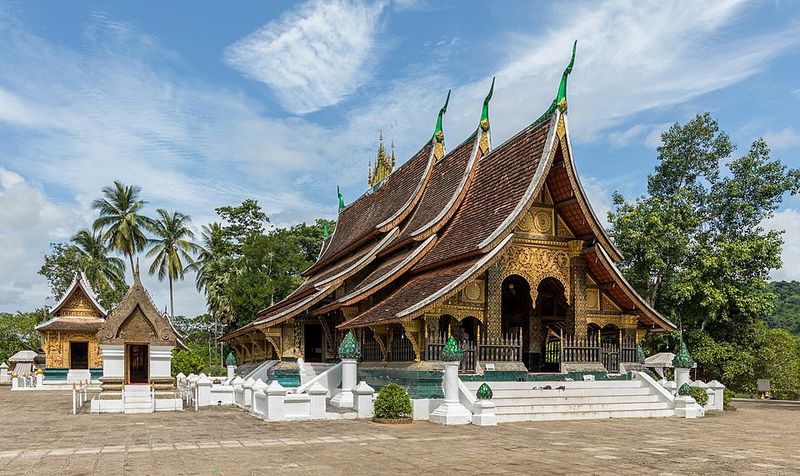
Along the Mekong, Luang Prabang’s golden-roofed wats anchor days shaped by gentle ritual. At dawn, saffron-robed monks collect alms as markets unfurl baskets of herbs and river fish. French-influenced villas, bamboo bridges, and riverfront sunsets lend a small-town grace to royal history. Climb Mount Phousi for pagoda silhouettes and wide horizons, then drift through night markets glowing with indigo textiles. The pace is unhurried, reflective—more inhalation than itinerary. This former capital invites you to listen: to temple drums, paddles, and cicadas in the warm dark.
St. Petersburg, Russia
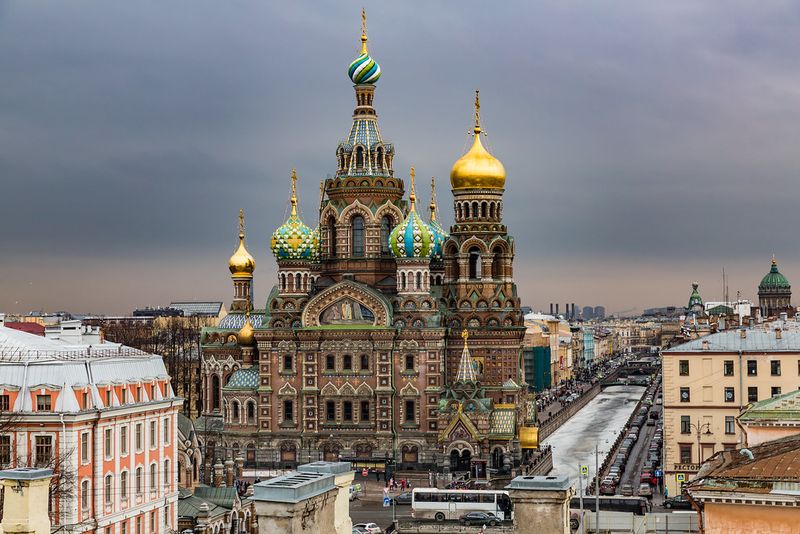
Built to impress, St. Petersburg stages power on canals and grand avenues. Baroque and neoclassical palaces front the Neva, with the Hermitage’s gilded rooms unfolding like a theatrical set. In summer, white nights bathe bridges and façades in endless twilight, perfect for long walks. Courtyards hide cafes; museums spill history from tsars to revolution. The city balances ceremony with intimacy: a bookstore at midnight, a canal-side bench at dawn. Former capitals rarely maintain such scale without losing warmth—here, both breathe in concert.
Bonn, Germany

Compact and green, Bonn invites you to map postwar politics on foot. Government buildings line the Rhine alongside bike paths and parks, while Beethoven’s birthplace adds intimate cultural weight. Small museums and university courtyards keep the city approachable; cafés and beer gardens soften the civic edges. Riverboats show skylines where diplomacy once set the tone. The charm lies in scale: accessible archives, clear signage, and conversations that start at exhibitions and end by the water. Bonn is a former capital you can truly inhabit for a day.
Philadelphia, Pennsylvania, USA
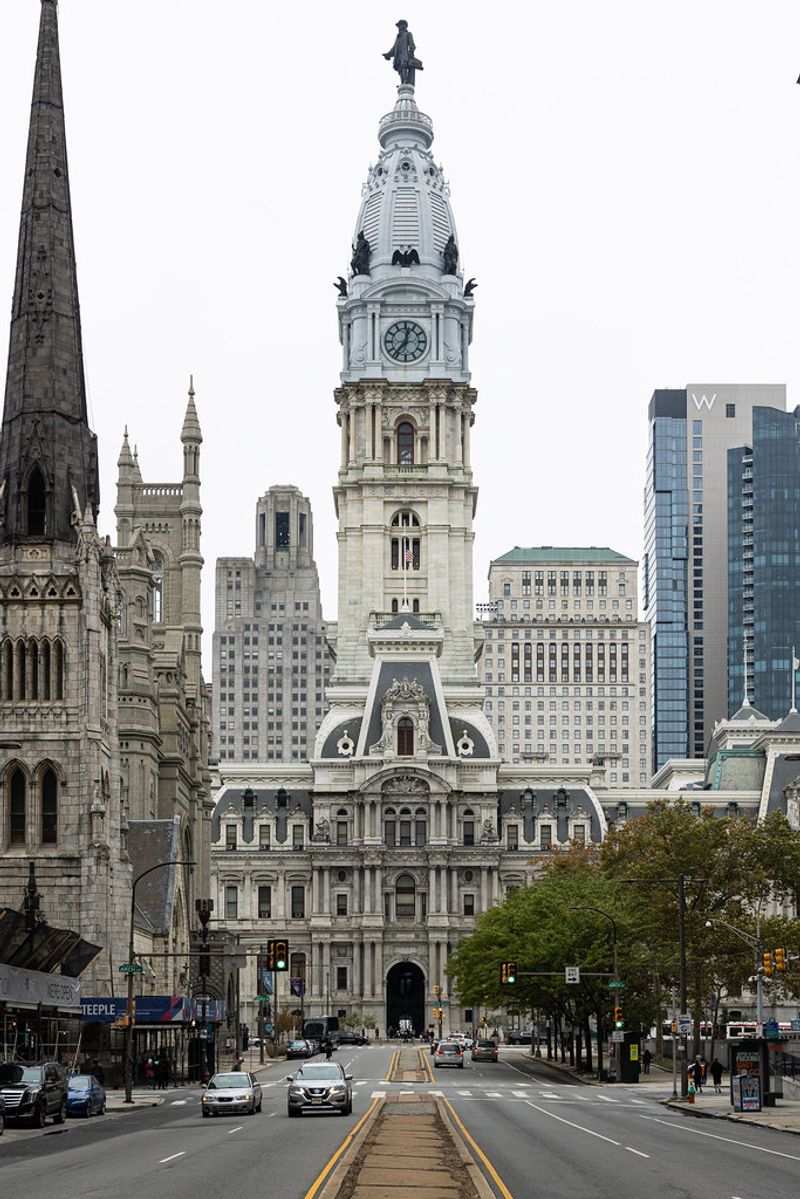
In Philadelphia, national origin stories live at street level. Independence Hall and the Liberty Bell anchor a walkable core, while cobblestoned alleys frame colonial-era brickwork. Elfreth’s Alley whispers domestic history: shutters, lanterns, and doorways scaled to human stories. Museums broaden the view from revolution to art and science, and Reading Terminal Market fuels the day. Murals splash color across rowhouse neighborhoods, stitching past to present. It’s a capital remembered not by monuments alone, but by neighborhoods where founding ideals still echo between cafés and stoops.
Yangon (Rangoon), Myanmar
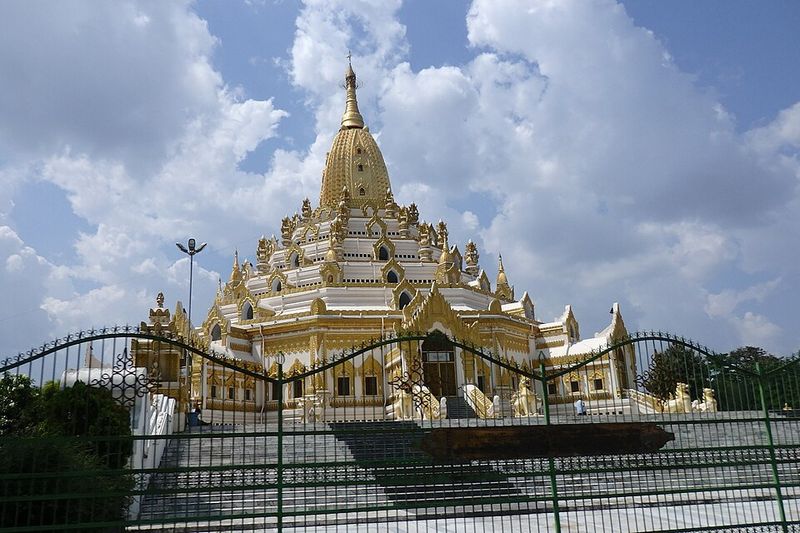
Yangon’s downtown reads like an architectural palimpsest: colonial blocks, leafy boulevards, and Burmese teahouses chattering with news. Above it all, the Shwedagon Pagoda glows—a gold-plated stupa that gathers prayer, conversation, and sunset photography. Circular trains loop past markets and neighborhoods, revealing the city’s everyday rhythms. Street foods—mohinga, samosas—punctuate strolls between faded facades and waterfront breezes. Despite the capital’s relocation, Yangon remains the cultural metronome, where layers of history converge. The pagoda’s evening light seals the impression: luminous, communal, unforgettable.
Marrakesh, Morocco
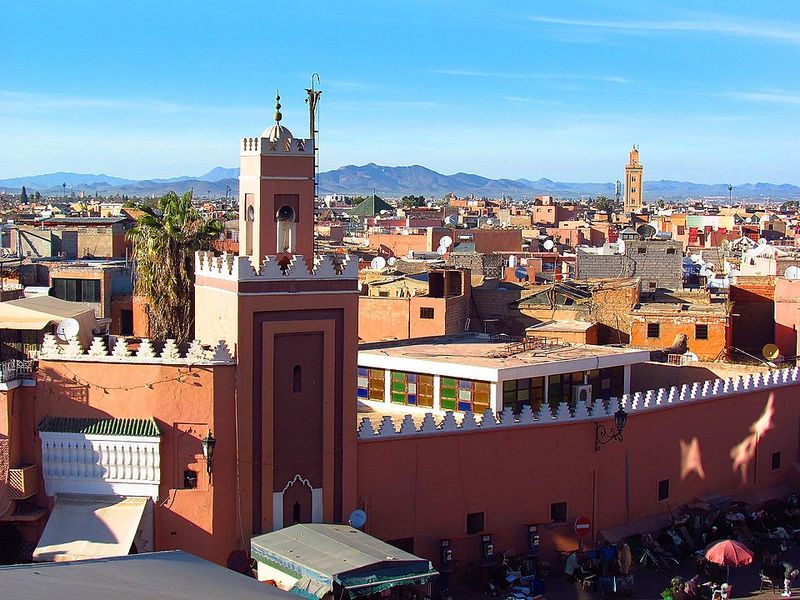
Marrakesh invites you into a labyrinth where history smells of cumin, cedar, and orange blossom. The medina’s alleys pour into Jemaa el-Fnaa, a nightly theater of food stalls, drummers, and storytellers. Behind heavy doors, riads pool shade around tiled courtyards, offering rest from the sensory surge. Palaces and gardens—Bahia, Saadian Tombs, Majorelle—stage craftsmanship in pattern and color. Rooftops watch the Atlas glow at dusk as storks circle minarets. Former capitals rarely feel this tactile: a place to taste, touch, and bargain with time.
Petra, Jordan
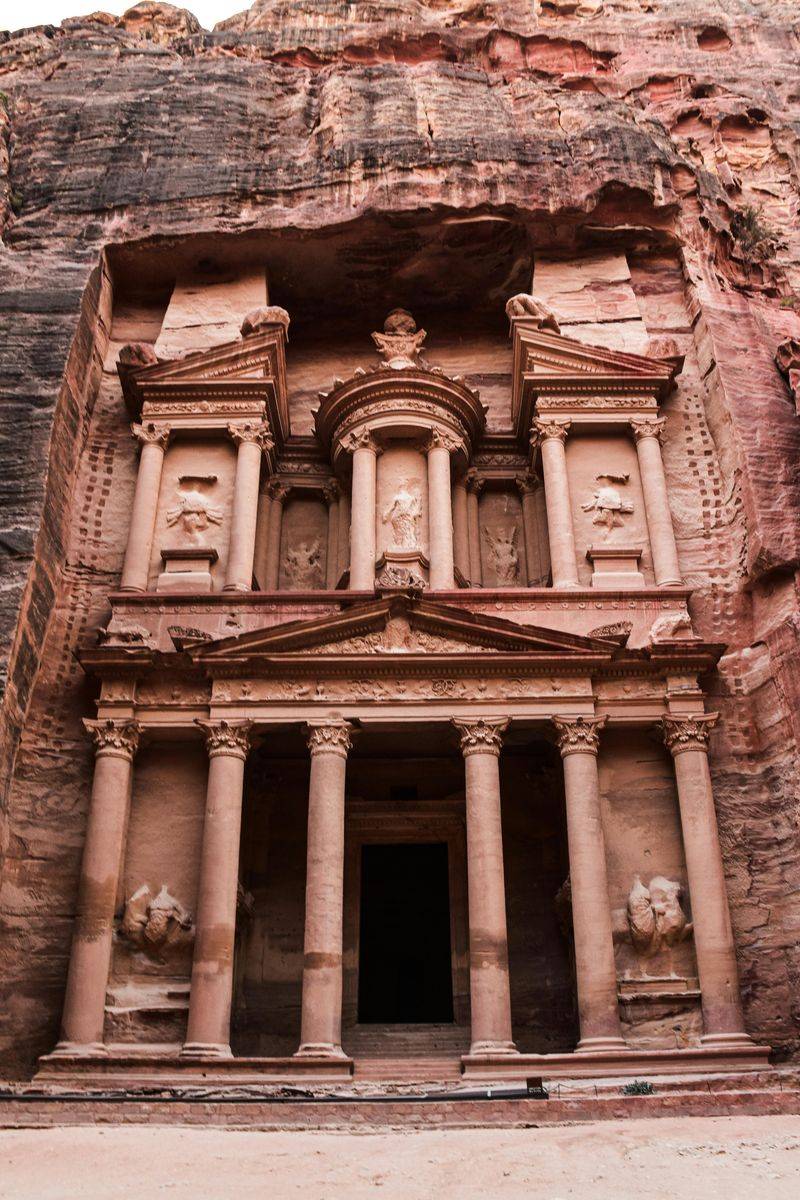
Approached through the Siq, Petra reveals itself like theater: a sliver of light widening to the Treasury’s carved face. Nabataean artistry meets desert geology in façades that glow rose and amber. Trails climb to the Monastery and High Place of Sacrifice, trading crowds for wind and vastness. Bedouin guides share routes and stories; tea tents offer shade and perspective. As dusk falls, sandstone catches fire, then cools to lavender. Petra’s procession routes make arrival part of the experience—an ancient choreography still felt in every step.

